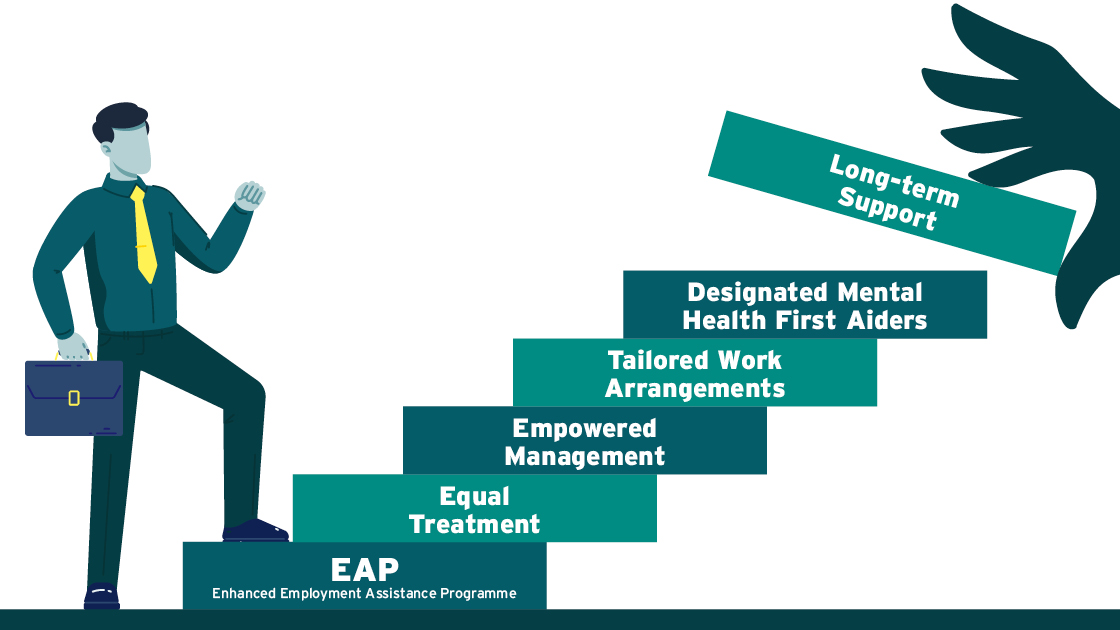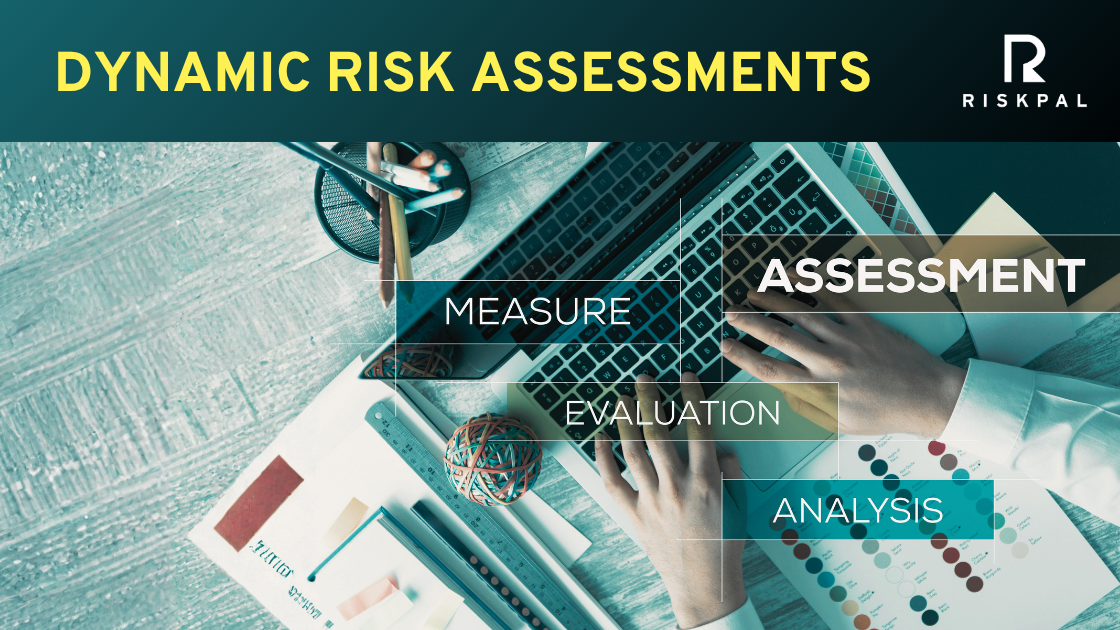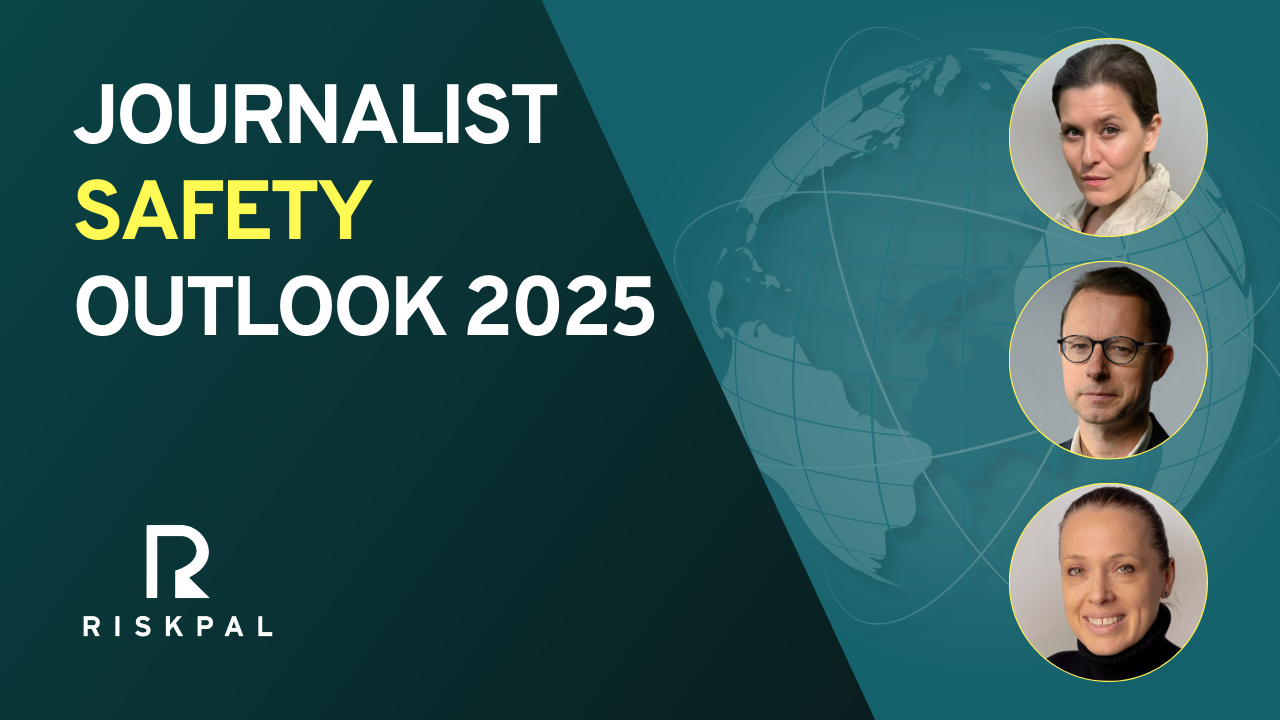Insight: Building Resilience and Good Mental Health in News Organisations
Journalists often navigate the darkest and most perilous corners of human existence in the pursuit of truth. Whether covering stories on child abuse, graphic court cases, or reporting from war zones and disaster areas, their vocation exposes them to profound trauma, stress and feelings of guilt. This resembles the experience of first responders and humanitarians.

“In my role as head of safety and security, I’ve crafted programs to assist journalists functioning in an increasingly hostile environment. Coping with the aftermath of witnessing and reporting on abuse, graphic scenes and death is pivotal. In today’s landscape, with escalating global conflicts, the rise of extremism and rampant online harassment, the impact on journalists’ mental health is profound.” – Colin Pereira
Colin Pereira, Co-Founder and Director of RiskPal, shares insights gleaned from years of developing and auditing mental health programmes for news organisations. In his experience, organisations that demonstrate more successful strategies in building resilience have put the following essential components in place:
1. Building Upon their Employment Assistance Programme (EAP)
Employment Assistance Programme or EAPs are schemes which give teams access to mental health and wellbeing support, usually in the form of counselling, advice and online resources. However, not all EAPs are created equal.
“In the past, many news organisations would simply rely on the EAP included in their insurance package, which tend to address general worries and everyday stress, such as financial difficulties or divorce,” said Colin.
Colin stresses the importance of tailored mental health and wellbeing support. Generalised programmes may not adequately address the specific traumas journalists encounter. Hence, it is crucial to opt for specialised services that comprehend the unique challenges faced by journalists. “It’s key to choose a service that is right for your business, which you regularly test so you know your people are getting the help they need, when they need it.”
2. Treating Freelancers and Staffers as Equals
News organisations increasingly opt for freelance models for cost efficiencies. However, regardless of employment status, exposure to trauma remains the same for the individual. Offering equal mental health provisions to both freelancers and staffers, fosters respect and loyalty within the workforce.
3. Training Managers for Practical Support
While general training sessions help managers spot the signs of stress, news organisations need to go one step further and equip team leaders with practical tools to help journalists. This does not mean turning managers into psychologists but rather understanding how best they can help and recognise when counselling is necessary.
People suffering from acute stress can be irritable, in denial and lash out at the concerned manager. “It is hardly surprising many managers are reticent to deal. They are often unprepared to handle people traumatised by their work because they never considered it part of their job. They might also worry that acknowledging someone’s suffering may have a negative impact on that person’s career.”
Ignoring the issue tends to only worsen the situation. The individual can feel isolated and, in retrospect, unsupported. Managers adopting this approach are also themselves vulnerable to feelings of guilt and inadequacy.
There are straightforward approaches managers can be taught to help and ensure they feel empowered in controlling their lives. Knowing how to structure a conversation, when and how to lighten the workload and how and when to bring others onboard to help, can make a dramatic difference.
4. Adapting Work Patterns
Offering someone suffering acute stress a break is a natural reaction – it can work but it can also backfire and reinforce feelings of inadequacy. Even though more challenging to implement, adapting work routines may yield better results.
For example, someone who has experienced a train crash may no longer want to take a train to work or may want to avoid rush hour. Allowing them flexibility with their arrival and departure times could be beneficial. And instead of leaving it up to them to figure out transportation, organising an alternative, such as a taxi or a bike, might help. “But remember it should always be their decision,” Colin underscored.
This can be expensive and cause resentment from others. Colin emphasises the importance of open discussion and constant negotiation to find solutions that benefit all parties involved. “There needs to be very frank discussions about resources and what can be offered by the organisation. It can be a fine balance between supporting the affected individual and accommodating others who may be picking up extra work or changing their working patterns.”
5. Introducing Mental Health First Aiders
Organisations that create a pool of mental health first aiders immediately foster a more supportive culture. They can spot the first signs of stress and trauma and guide individuals toward specialised support early on. Investing in two-day Mental Health First Aid training, similar to regular first aid courses, empowers teams to support each other.
This general awareness can also help in cases of vicarious trauma, where individual indirectly affected by extreme circumstances – such as picture editors, social media gatherers and researchers – experience symptoms of stress and anxiety through viewing distressing content. Such individuals are often completely unprepared for the emotions they experience. Having an organisational understanding of this issue prevents them suffering in silence.
6. Ensuring Long-term Support
“Journalism is a self-selecting, vocational job,” said Colin. “I have worked with many people who have had significant trauma and have recovered. Many are stronger and more empathetic because of their experiences.”
Of course, not everyone will remain in the field. Some may choose to change career. “They may need to be reskilled and retrained, then move into another part of the business.” Organisations that can accommodate and help individuals through this transition are highly regarded by their staff and freelancers.
However, with the right support, journalists can recover over time. Sustained assistance focusing on recovery and resilience-building measures is key to helping individuals move past their trauma – and for news organisations to retain experienced journalists within the industry.

Next Steps
By implementing these strategies, news organisations can cultivate stronger, more resilient teams. A comprehensive aftercare programme not only supports affected individuals, their managers and colleagues but also the entire organisation by contributing to a more effective and experienced newsroom.
For deeper insights into resilience programs, contact RiskPal to continue the conversation.



